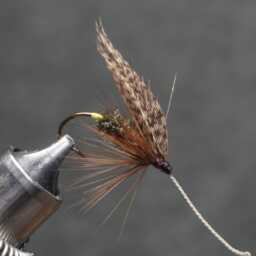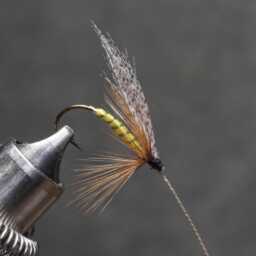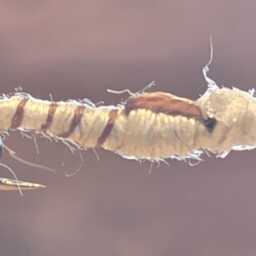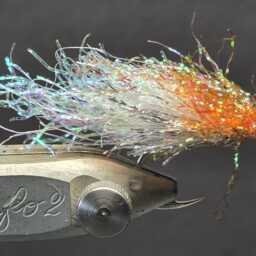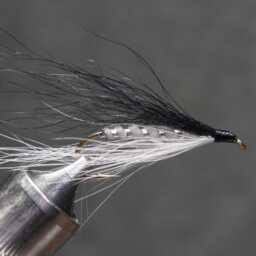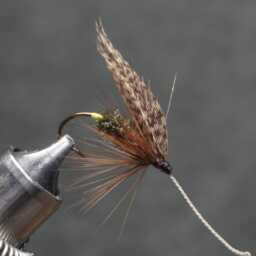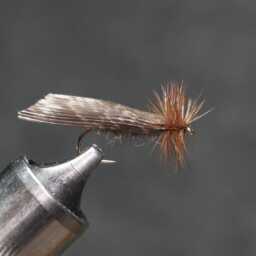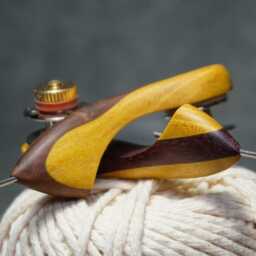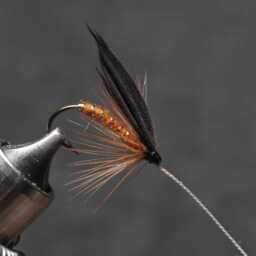Beaver fur is a versatile material in fly tying with several key uses. It is traditionally used for dry flies, providing a natural floatation due to its underfur, which is a warm gray color and serves as an excellent dubbing material. The reddish-brown guard hairs are also utilized in fly tying.
Notably, some enthusiasts insist that an Adams fly isn’t truly an Adams unless it features genuine beaver fur for its body. Beaver dubbing is particularly prized for small flies, such as the mole fly, due to its fine, short fur. Additionally, beaver fur can contribute to a fly’s tailing, spikes, and overall softness.
Beavers, belonging to the genus Castor, are large semiaquatic rodents found in the Northern Hemisphere. There are two species: the North American beaver (Castor canadensis) and the Eurasian beaver (Castor fiber). Weighing up to 50 kg (110 lb), beavers are the second-largest rodents after capybaras. They have stout bodies, large heads, long chisel-like incisors, and brown or gray fur. Their front feet resemble hands, their back feet are webbed, and they have flat, scaly tails.
Beavers are found in various freshwater habitats, including rivers, streams, lakes, and ponds. They are herbivores, feeding on tree bark, aquatic plants, grasses, and sedges. The beaver’s dense fur, which has 12,000 to 23,000 hairs per square centimeter (77,000 to 148,000 hairs per square inch), plays a crucial role in keeping the animal warm, aiding buoyancy in water, and providing protection from predators. The guard hairs are typically 5 to 6 cm (2.0 to 2.4 inches) long and can range in color from reddish-brown to nearly black, while the underfur is 2 to 3 cm (0.79 to 1.18 inches) long and dark gray. Beavers molt annually in the summer.
« Back to Glossary Index
